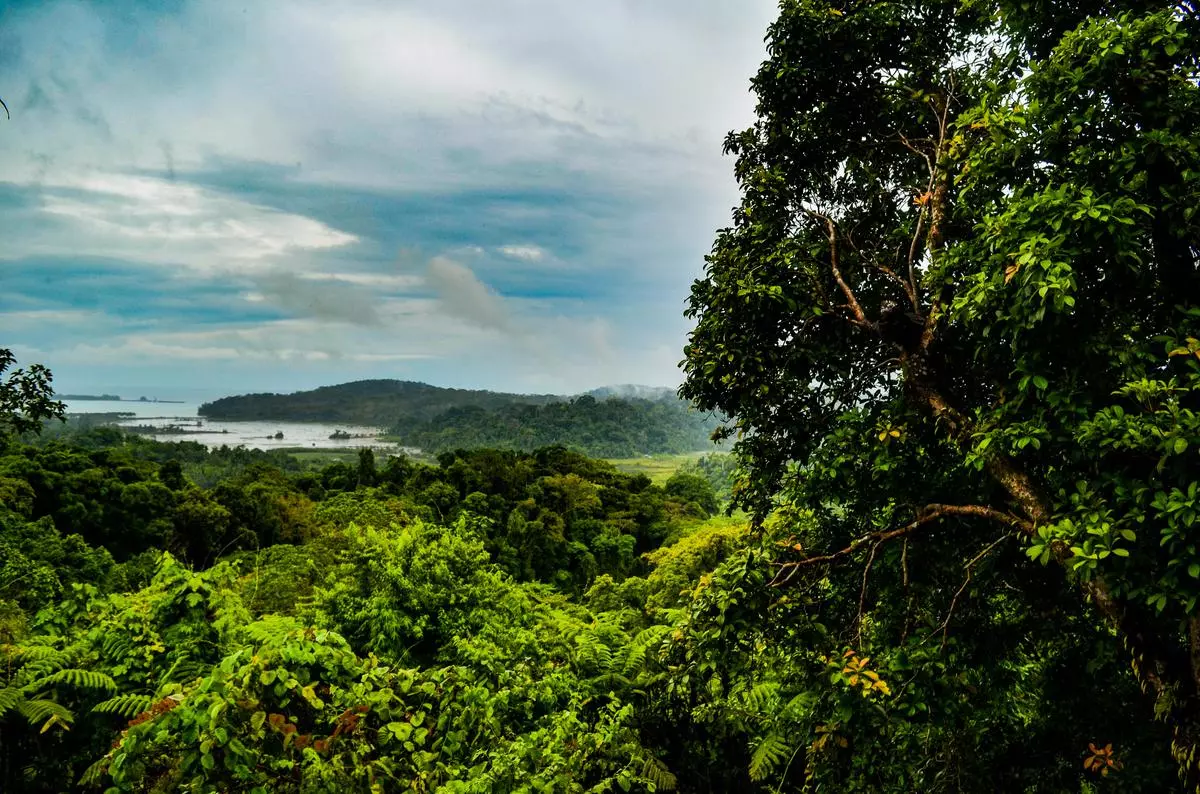India has confirmed its mettle with its indigenous 4G/5G know-how stack which is “now ready” and the nation is poised to emerge as a significant telecom know-how exporter to the world within the coming three years, Communications Minister Ashwini Vaishnaw mentioned on Saturday. Speaking on the Economic Times Global Business Summit 2023, Vaishnaw, who can be the Minister for Railways, categorically mentioned there isn’t a programme for the privatisation of the nationwide transporter.
The 5G companies have been launched on October 1, 2022, and inside a span of 100 days have been rolled out in 200-plus cities. The sheer pace of rollout has been appreciated by trade leaders globally and is being described in lots of worldwide boards because the “fastest deployment happening anywhere in the world”, he mentioned.
Vaishnaw highlighted the population-scale options being examined on India stack, throughout platforms comparable to funds, healthcare and id. Each of those platforms is highly effective in itself, however collectively turn into a dynamic drive that may resolve “any major problem in the world”.
The minister mentioned India is ready to emerge as a telecom know-how exporter to the world within the subsequent three years.
“Today there are two Indian companies that are exporting to the world…telecom gear. In the coming three years, we will see India as a major telecom technology exporter in the world,” Vaishnaw mentioned.
The minister talked of the speedy strides taken by India in growing its personal 4G and 5G know-how stack, a feat that caught the eye of the world.
“The stack is now ready. It was initially tested for 1 million simultaneous calls, then for 5 million, and now it has been tested for 10 million simultaneous calls,” he mentioned terming it a “phenomenal success”.
At least 9-10 nations wish to strive it out, he added.
The minister gave a presentation outlining key initiatives beneath his three ministries of telecom, IT and Railways.
For Railways, the main focus is on reworking passenger expertise, he mentioned as he introduced slides on how railways is redeveloping stations and terminals (New Delhi, Ahmedabad, Kanpur, Jaipur amongst others) with fashionable and futuristic design blueprint, and within the course of creating new city areas whereas additionally preserving wealthy heritage.
The minister additionally gave an summary on the Vande Bharat practice, the indigenous practice safety system Kavach and progress on the bullet practice challenge.
To a query on the previous talks round personal freight rail corridors to spice up logistics, the minister mentioned “there is no programme for Railway privatisation”.
“In a country where we have 1.35 billion people, 8 billion people moving every year on Railways, we thought that it is prudent to learn from the experience of others, and keep it within the Government set-up,” Vaishnaw mentioned.
To one other question on devoted freight hall for foodgrains, the minister defined that with regards to transport economics it is crucial to not divide property between completely different purposes.
“Today, the thought process has got very refined, and we are adding close to 4500 km of network every year, which amounts to 12 km of new tracks per day. So we have to increase the capacity to such a large extent that there is enough capacity for foodgrains, enough for coal, small parcels, and every kind of cargo,” he mentioned.
While Railways had been constantly shedding market share during the last 50-60 years, it has began clawing it again.
“The lowest point was 27 per cent. I am happy to share that from the 27 per cent level, last year Railways increased to 28 per cent, this year we are doing close to 29-29.5 per cent, and in the coming 2-3 years Railways will go towards 35 per cent market share,” he mentioned.
People will select between transport through street, railways or air primarily based on the gap to be travelled, and “there will be enough for everybody”. “The country will have enough for everybody, is my point. Up to 250 kilometres road is very good, 250 to 1000 kilometres railway is the ideal mode. Beyond 1000 kilometres air will be the ideal mode. So there will be enough for everybody,” the minister mentioned.













